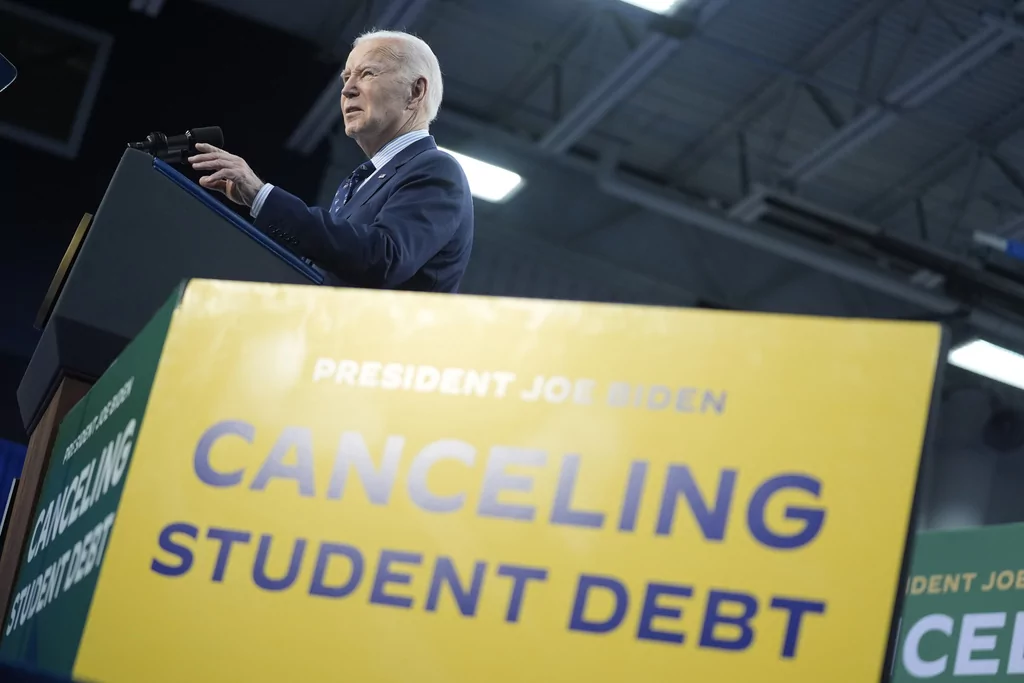
A trio of Republican-led states called on the Supreme Court on Tuesday to halt the Biden administration’s plan to slash student debt repayments for millions of borrowers.
Republican attorneys general from Alaska, South Carolina, and Texas are challenging the Saving on a Valuable Education, or SAVE, Plan, which is aimed at lower-income borrowers to reduce their monthly payments and provide a faster route to debt forgiveness. The plan was formulated on the heels of the Supreme Court decision last year to strike down President Joe Biden’s broader student loan forgiveness program.

The petition comes just days after the U.S. Court of Appeals for the 10th Circuit lifted a temporary halt on the Biden administration’s plan, and it once again thrusts the president’s longstanding campaign promise into the legal limelight just months before the 2024 presidential election.
“As Congress has done nothing in the intervening 12 months to authorize the Administration to write off nearly half a trillion dollars of loans, if the Tenth Circuit were to vacate the district court’s preliminary injunction, it will ‘ha[ve] decided an important federal question in a way that conflicts with [a] relevant decision[] of this Court,’” the states argued in their petition.
Around 8 million people are enrolled in the SAVE Plan, and nearly 3 million enrollees were expected to begin lower payments as of July 1, when the plan was activated.
Once the plan was initially stalled by district courts in Kansas and Missouri, the Department of Education said the 3 million borrowers would be put into forbearance while the dispute is litigated. But after the 10th Circuit sided with the Biden administration on Sunday, the Education Department is now able to move ahead with its reductions, which prompted the three states to tap the Supreme Court to intervene.
The SAVE Plan takes into account monthly student loan payments based on income and family size. Nearly 4 million borrowers enrolled in the plan have a $0 monthly payment.
Most borrowers who qualify for the SAVE Plan never fully repay their loans, leaving the balance to fall on taxpayers. The Penn Wharton Budget Model estimated that Biden’s SAVE program could cost taxpayers $475 billion, an amount that will be far lower if the rulings stand.
Portions of the SAVE Plan aren’t affected by the lawsuits, such as its relief for those whose debt balances are rising due to unpaid interest.
In the last student loan ruling that came in a 6-3 decision that quashed Biden’s broad student debt relief effort, the majority of justices held that the secretary of education lacks the authority to waive student debt.
CLICK HERE TO READ MORE FROM THE WASHINGTON EXAMINER
The three states on Tuesday called on the justices to grant the case for consideration as soon as possible, saying they should either “summarily affirm the district court” or “expedite briefing and argument so this case can be heard in this upcoming Term,” which begins in the fall.
It takes four or more justices to agree to consider a petition, and the Supreme Court could respond to this request in a matter of weeks.







